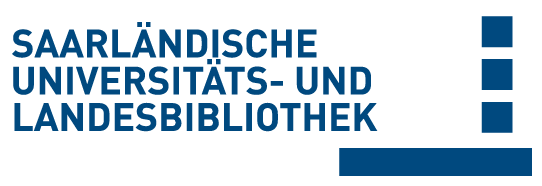Bitte benutzen Sie diese Referenz, um auf diese Ressource zu verweisen:
doi:10.22028/D291-39031 | Titel: | Anxiety disorders, depression and incontinence in preschool children : A population-based study |
| VerfasserIn: | Hussong, Justine Greiner, Marion Schiedermaier, Ulrike Mattheus, Hannah von Gontard, Alexander |
| Sprache: | Englisch |
| Titel: | Neurourology and Urodynamics |
| Bandnummer: | 41 |
| Heft: | 8 |
| Seiten: | 1800-1808 |
| Verlag/Plattform: | Wiley |
| Erscheinungsjahr: | 2022 |
| Freie Schlagwörter: | anxiety disorders depression enuresis incontinence preschool children |
| DDC-Sachgruppe: | 150 Psychologie |
| Dokumenttyp: | Journalartikel / Zeitschriftenartikel |
| Abstract: | Objective The aim was to examine associations of specific anxiety disorders, depressive symptoms, and incontinence in a representative, population-based sample of preschool children. Methods All preschool children of a defined geographical area examined before school-entry were included. Parents completed a questionnaire including the Preschool Feelings Checklist (PFC), eight questions referring to nocturnal enuresis (NE), daytime urinary incontinence (DUI), fecal incontinence (FI) and constipation, and 30 items regarding Diagnostic and Statistical Manual of Mental Disorders—Fifth Edition (DSM-5) diagnostic criteria of separation anxiety disorder (SAD), social phobia (SOC), specific phobia (PHOB), and generalized anxiety disorder (GAD). Data of 1206 children (mean age = 5.7 years; 53.5% boys) are presented. Results 34.6% of incontinent children had an anxiety disorder based on DSM-5 criteria and 13.3% had clinically relevant depressive symptoms (measured by the PFC). Rates of incontinence overall were 14.1% (11.9% NE, 3.1% DUI, and 1.8% FI) and 6.3% for constipation. Rates of SOC and PHOB were increased in NE (20.8% and 25.4%), DUI (39.3% and 34.5%) and FI (35.3% and 50.0%) compared to continent children (13.5% and 17.2%). Children with constipation had higher rates of SOC, PHOB, and GAD than those without. Compared to continent children (9.7%), depressive symptoms were more frequent in children with NE (26.8%), DUI (50.0%), and FI (61.9%). Conclusion Anxiety disorders and depressive symptoms are common in children with incontinence. The most specific DSM-5 disorders associated with incontinence are SOC and PHOB, which can be incapacitating and may require treatment. Due to the high rates of anxiety disorders, it is important to screen all children with incontinence, for example, with specific questionnaires. |
| DOI der Erstveröffentlichung: | 10.1002/nau.25025 |
| URL der Erstveröffentlichung: | https://onlinelibrary.wiley.com/doi/10.1002/nau.25025 |
| Link zu diesem Datensatz: | urn:nbn:de:bsz:291--ds-390310 hdl:20.500.11880/35203 http://dx.doi.org/10.22028/D291-39031 |
| ISSN: | 1520-6777 0733-2467 |
| Datum des Eintrags: | 14-Feb-2023 |
| Bezeichnung des in Beziehung stehenden Objekts: | Supporting Information |
| In Beziehung stehendes Objekt: | https://onlinelibrary.wiley.com/action/downloadSupplement?doi=10.1002%2Fnau.25025&file=nau25025-sup-0001-Supplementary_Material.docx |
| Fakultät: | HW - Fakultät für Empirische Humanwissenschaften und Wirtschaftswissenschaft |
| Fachrichtung: | HW - Psychologie |
| Professur: | HW - Prof. Dr. Tanja Michael |
| Sammlung: | SciDok - Der Wissenschaftsserver der Universität des Saarlandes |
Dateien zu diesem Datensatz:
| Datei | Beschreibung | Größe | Format | |
|---|---|---|---|---|
| Neurourology and Urodynamics - 2022 - Hussong - Anxiety disorders depression and incontinence in preschool children A.pdf | 608,26 kB | Adobe PDF | Öffnen/Anzeigen |
Diese Ressource wurde unter folgender Copyright-Bestimmung veröffentlicht: Lizenz von Creative Commons


